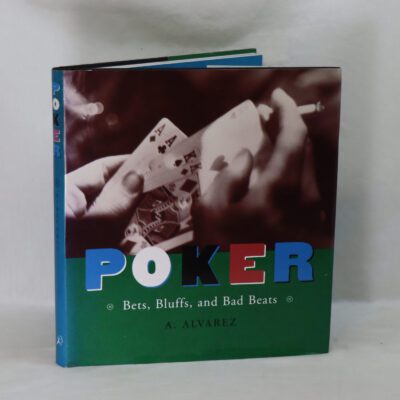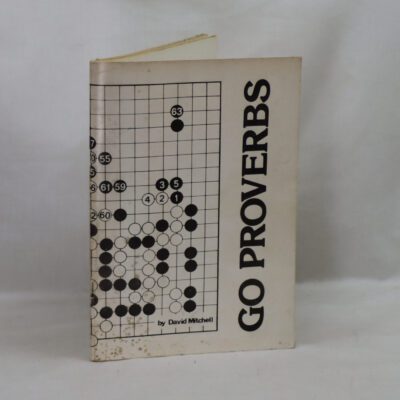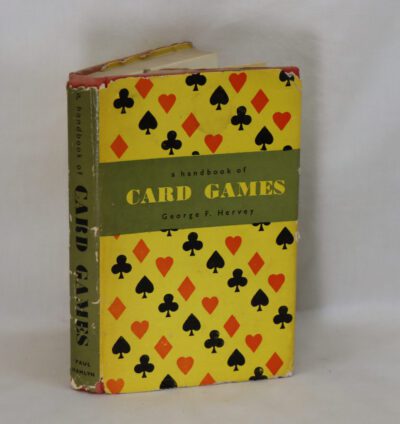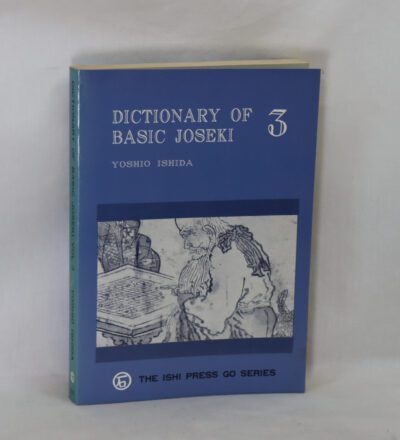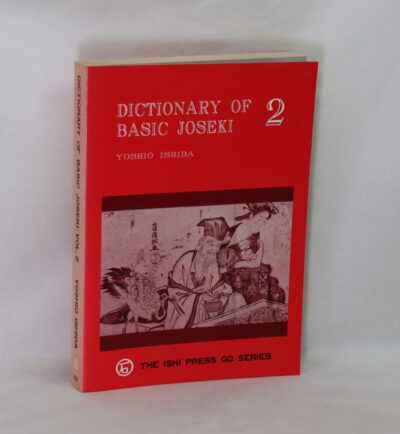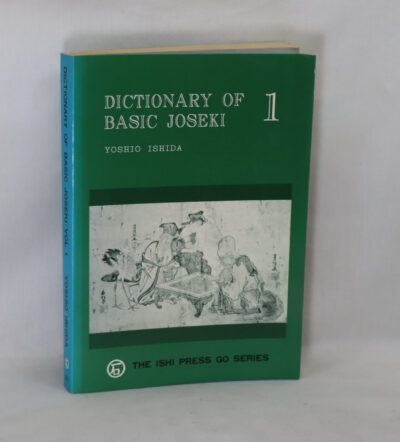Lessons on the Fundimentals of Go.
By Tshiro Kageyama
Printed: 1978
Publisher: The Ishi Press. Tokyo
| Dimensions | 11 × 18 × 1 cm |
|---|---|
| Language |
Language: English
Size (cminches): 11 x 18 x 1
Condition: Good (See explanation of ratings)
Your items
Item information
Description
Paperback. Yellow cover with black title.
We provide an in-depth photographic presentation of this item to stimulate your feeling and touch. More traditional book descriptions are immediately available
A FROST PAPERBACK is a loved book which a member of the Frost family has checked for condition, cleanliness, completeness and readability. When the buyer collects their book, the delivery charge of £3.00 is not made
The book’s main themes are the importance of fundamentals, the philosophy of go, and how to study. It should be read deliberately, a chapter a day at the fastest, and a fortnight to finish the whole book. If the reader will then spend another fortnight rereading it and learning from it as he would from a good instructor, I think I can promise that he will surmount the barrier of his present rank.
Review: First of all the book is readable. This isn’t always true of Go books. The wisdom is mixed in with anecdotes which kept me there as I struggled with the topic. The book is credible – the author does a very good job of “been there and made that mistake” which also helped me stay engaged. Uniquely, in my experience, this book also spends a reasonable amount of time discussing stupid moves and why they are so, which I found to be invaluable. Further I was pleased to get advice on what not to do, e.g., (slightly exaggerated for effect) “don’t bother studying Joseki, get the principles right” which validated my inability to read even two pages of “38 Joseki”. Before I even finished it, I improved by one stone. Definitely value for money there.
Toshiro Kageyama was born in 1926 in Shizuoka prefecture, Japan and died on July 31, 1990. A go player since his youth, he won the All-Japan Amateur Honinbo tournament in 1948 and turned professional the following year. In 1953 he took first place in the second division of the Oteai (the professional ranking tournament), and in 1965 and 1966 he was runner-up in the Kodansha tournament (a competition among 5- to 7-dan professionals). In 1967 he won the Takamatsu-no-miya prize. He was known for his steady style of play and accuracy at calculation.
Want to know more about this item?
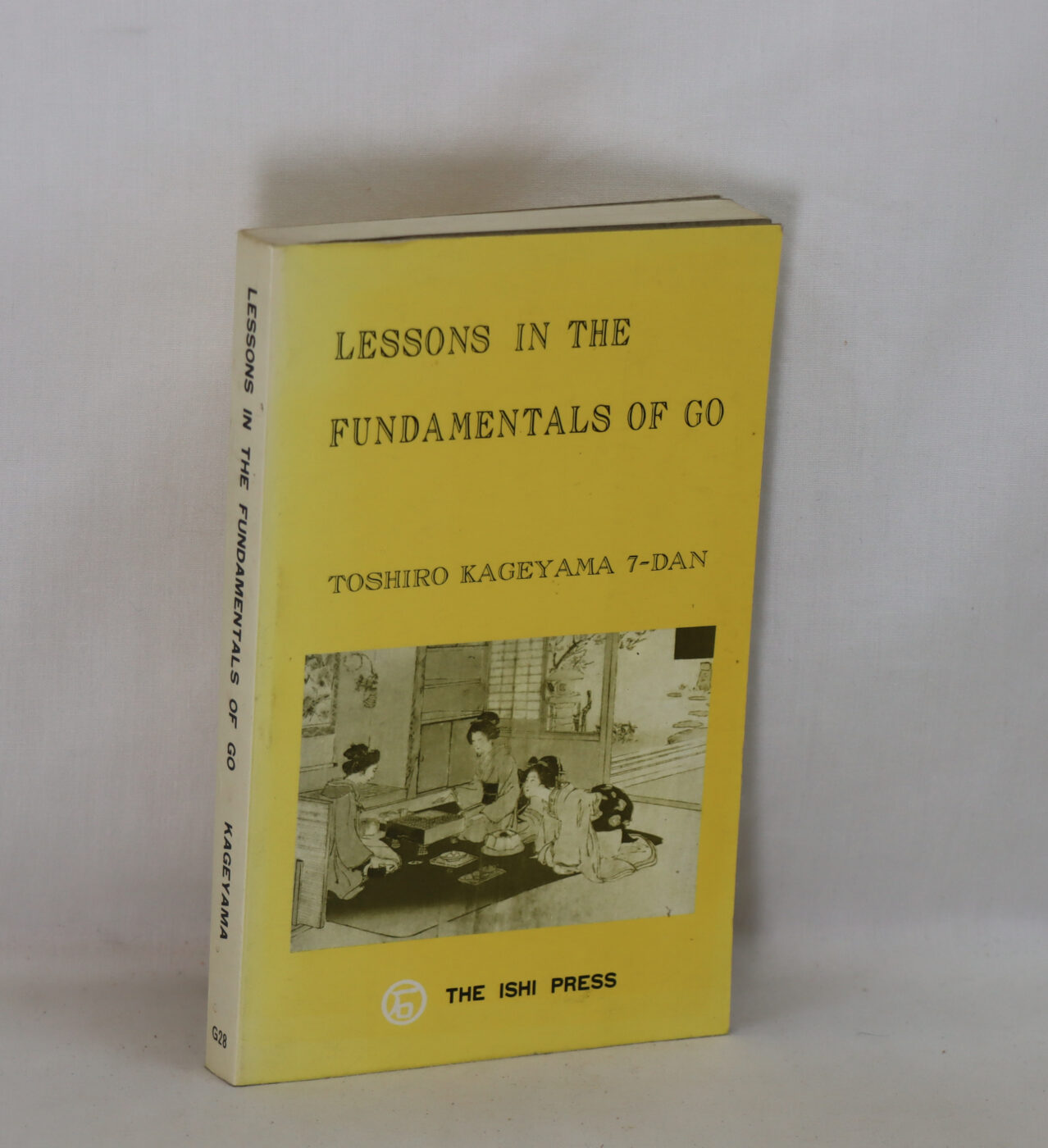
Share this Page with a friend

